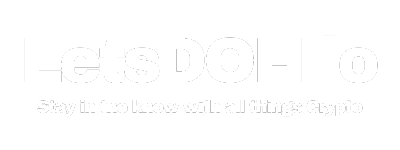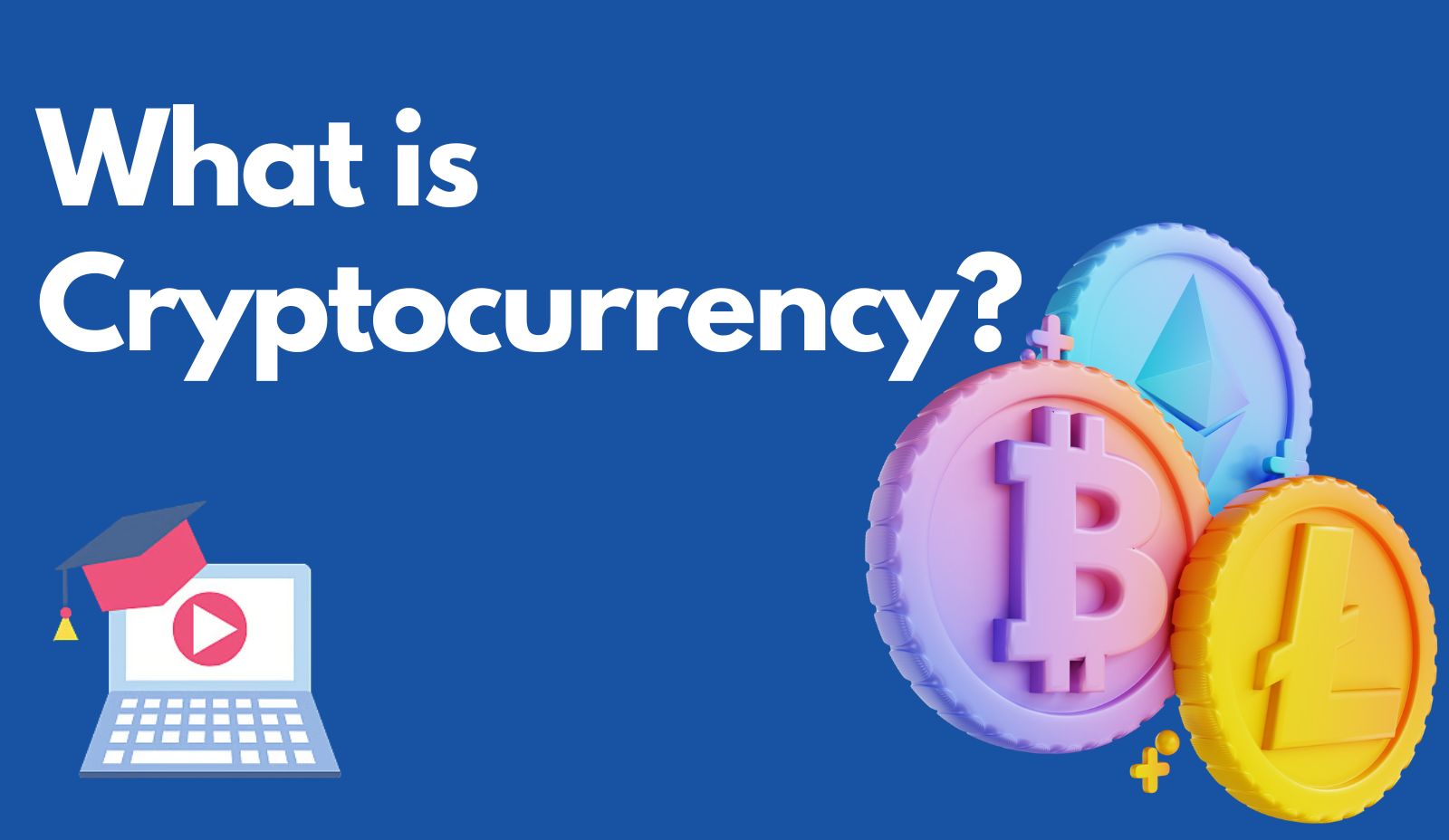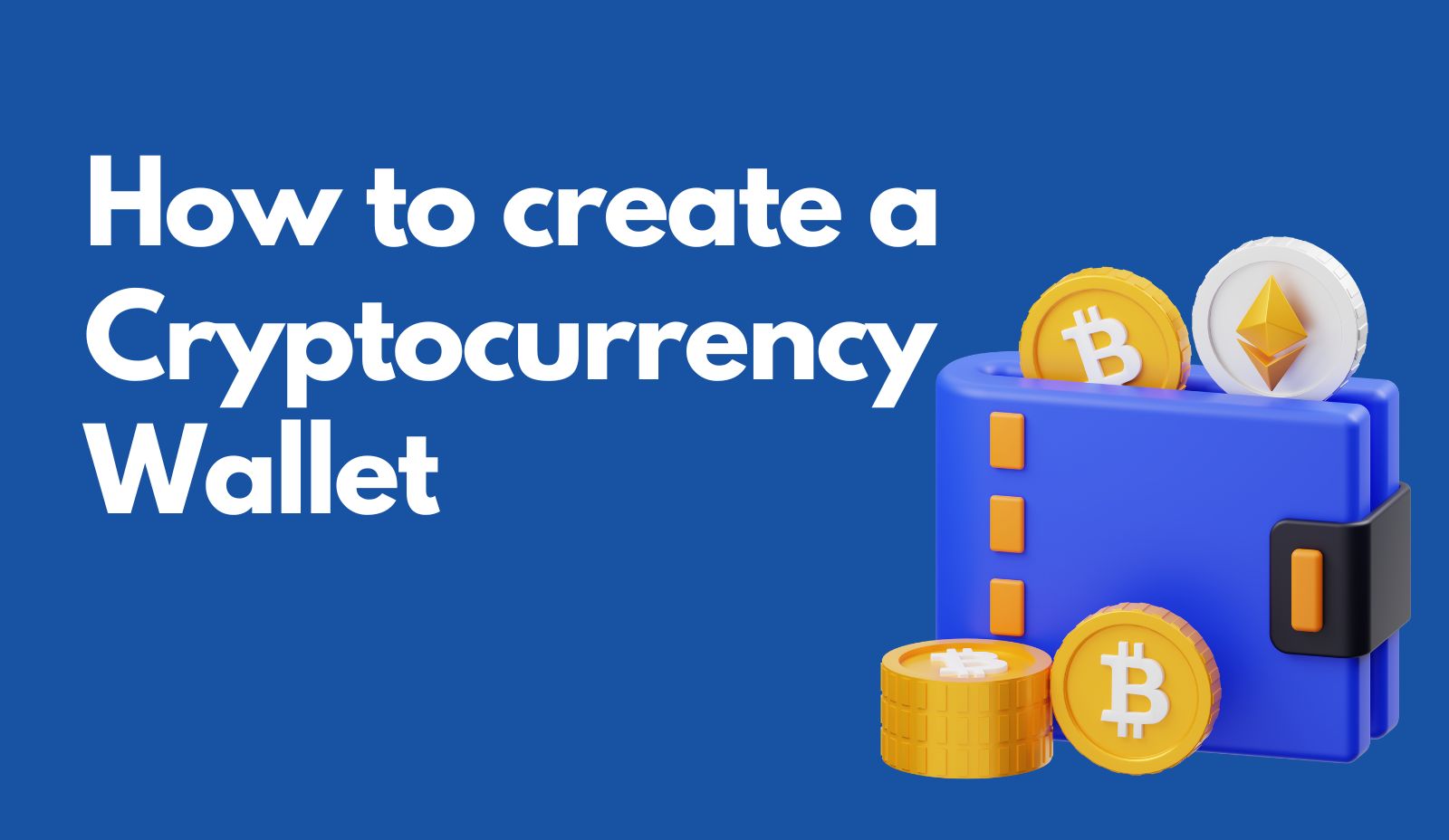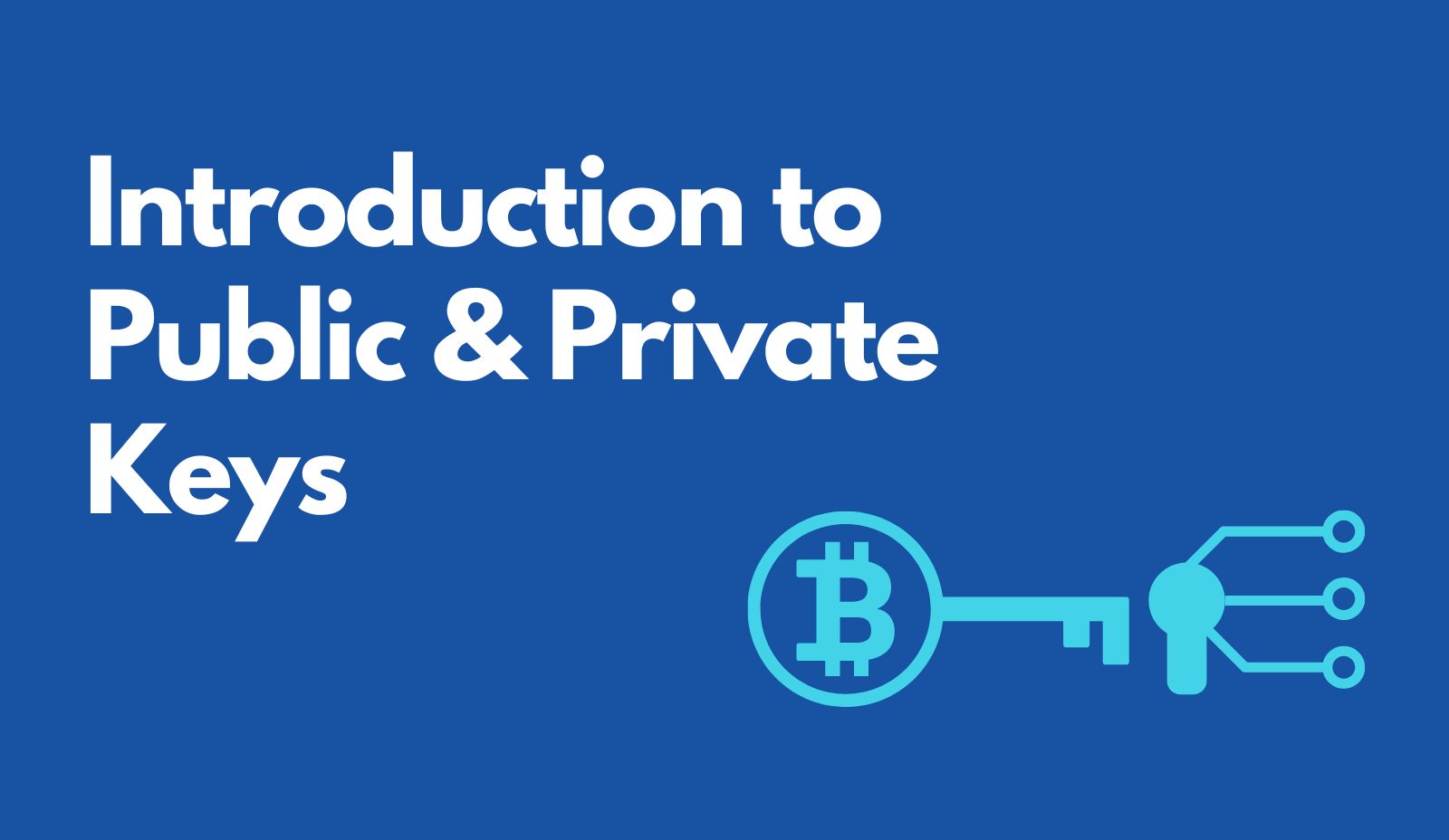Web3 Wallets: A complete guide
Jump to section
Summary of Web3 Wallets
Web3 wallets are essential tools for crypto holders, enabling secure storage, transfer, and interaction with digital assets. These non-custodial wallets give users complete control over their funds. The two main types of Web3 wallets are hardware wallets and software wallets. They allow users to connect to decentralized applications (dApps) like DeFi protocols, play-to-earn games, and other parts of the Web3 economy.
What is a Web3 Wallet?
Web3 wallets allow individuals to hold and use a wide range of digital assets, such as cryptocurrencies and non-fungible tokens (NFTs). These wallets facilitate connections to a variety of decentralized applications (dApps). Once connected, users can utilize their assets within the Web3 ecosystem, which includes:
- Decentralized finance (DeFi) protocols
- Play-to-earn crypto games
- Decentralized autonomous organizations (DAOs)
For more on this user-centric, transparent, and decentralized internet experience powered by blockchain technology, check out our article on What is Web3?
Web3 Wallets Explained
Non-Custodial: Web3 wallets are non-custodial, meaning the wallet owner retains the cryptographic private key, ensuring only they can access their funds. This key acts like a password that grants access to crypto assets. Custodial wallets, by contrast, rely on a centralized service provider to secure the private keys.
For more on the differences between these types of wallets, visit our article on Custodial vs. Non-Custodial Wallets.
How Web3 Wallets Work
Web3 wallets are a gateway to the digital economy. They are necessary for accessing any DeFi dApp, similar to how a bank account is needed for traditional financial services. When creating a Web3 wallet, the wallet app generates four key components:
- Public Wallet Address: Similar to an email address or phone number, this is where others can send crypto to your wallet.
- Password: Used to log into your wallet app, but not the same as your private key.
- Seed Phrase: A series of 12-24 words used to recover your wallet if you lose your device. It’s critical to protect this phrase.
- Private Key: A long string of letters and numbers that should only be accessed by the wallet owner. It’s used to sign transactions and authorize transfers.
How to Set Up a Web3 Wallet
Let’s look at how to set up one of the most popular Web3 wallets, MetaMask:
- Go to the official website, MetaMask.
- Click the “Download” option in the top right corner.
- Select “Install MetaMask for Chrome” to go to the Chrome extension store.
- Click “Add to Chrome” > “Add extension”.
- Configure your privacy settings and copy down your wallet recovery phrase.
For detailed security tips, visit our guide on Crypto Custody.
When using MetaMask for transactions, you’ll need to pay blockchain gas fees. These fees can vary depending on network congestion, with weekends often being cheaper.
Connecting Your Web3 Wallet
To connect your Web3 wallet to a dApp, follow these basic steps:
- Open the dApp in a web browser.
- Click the wallet connect prompt, usually found in the top right corner.
- Select your Web3 wallet from the menu.
- Confirm the connection.
Types of Web3 Wallets
Software Wallets
Software wallets are web browser extensions or mobile apps that remain connected to the internet. They prioritize convenience and ease of use but are more vulnerable to malware and hackers due to their constant connectivity.
Popular Software Wallets:
- MetaMask
- Coinbase Wallet
- Trust Wallet
- Blockchain.com Wallet
- Bitcoin.com Wallet
Hardware Wallets
Hardware wallets are physical devices used to protect digital assets and NFTs. They are primarily offline, offering enhanced security. Transactions require manual connection to a computer, adding an extra layer of protection.
Popular Hardware Wallet Manufacturers:
- Trezor
- Ledger
- Blockstream
- Coinkite
These devices provide offline storage for your private keys, making it nearly impossible for online hackers to access your funds.
The Future of Web3 Wallets
Creating a more open and accessible financial system is a core tenet of the Web3 movement. Web3 wallets play a crucial role in this by integrating new features for interacting with the DeFi economy, such as lending, borrowing, and staking capabilities. As wallets become more user-friendly, they will continue to drive the mainstream adoption of crypto and serve as an important gateway to Web3.
Popular DeFi dApps:
- Aave (AAVE)
- Uniswap (UNI)
- Balancer (BAL)
As DeFi scales and innovates, Web3 wallets will likely become even more accessible, offering a seamless experience akin to current banking apps. This evolution will help streamline the adoption of crypto and expand the reach of the Web3 economy.





